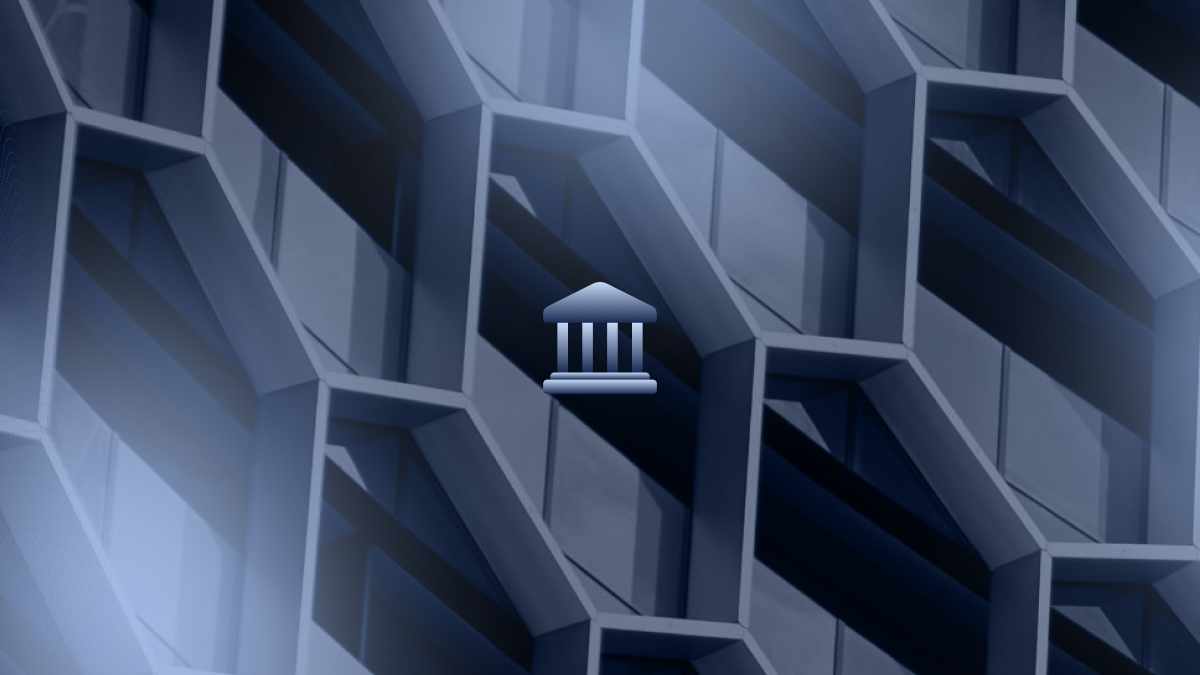Home / Glossary / Digital Assets
What Are Digital Assets? Definition & Types
What Are Digital Assets?
Digital assets are defined as digital representations of an item of value on a blockchain, including cryptocurrencies, stablecoins, tokenized financial instruments, and more. These can be owned, transferred, and managed using digital blockchain-powered systems that rely on cryptography to verify ownership and transactions.
Digital assets go beyond just cryptocurrencies like Bitcoin or Ethereum. The category also includes stablecoins, central bank digital currencies (CBDCs), and tokenized representations of real-world assets such as stocks, bonds, or commodities. By existing entirely in digital form, they enable faster settlement, 24/7 accessibility, and greater transparency when compared to traditional financial systems.
For financial institutions and enterprises, digital assets represent both innovation and responsibility. More and more, exchanges, custodians, banks, hedge funds, and trading desks are integrating these assets into operations. Enterprise adoption is driving new opportunities for growth and efficiency. At the same time, safeguarding digital assets is critical. The threats of theft, fraud, and operational risk continue to evolve in this emerging ecosystem.
What Are Digital Assets Used For?
Digital assets are used across today’s economy to power new forms of value exchange, investment, and financial innovation. Cryptocurrencies, like Bitcoin and Ethereum, are widely used for payments, trading, and as alternative investments.
Stablecoins provide fast, low-cost settlement for cross-border payments.
Tokenized assets allow traditional financial instruments—such as equities, bonds, and commodities—to be represented and traded digitally, improving liquidity and accessibility.
Beyond trading and payments, digital assets are also being leveraged for custody solutions, decentralized finance (DeFi) applications, and new product offerings by banks, hedge funds, and exchanges. These assets offer institutions new ways to streamline operations, while also enabling the ability to expand into new markets, and offer clients secure, scalable access to the digital economy. With enterprise-grade infrastructure in place, organizations can move, store, and issue digital assets confidently while meeting regulatory, compliance, and security requirements.
Types of Digital Assets
Digital assets come in many forms. They can range from traditional digital representations of value to blockchain-native instruments.
On one end, they include tokenized versions of assets—such as stocks, bonds, bank deposits and commodities. These are issued and traded in digital form for greater efficiency and accessibility. Non-fungible tokens (NFTs) represent another category of tokenized assets. NFTs provide unique digital ownership of items like art, collectibles, and intellectual property.
On the other end, they encompass blockchain-native assets. Examples include cryptocurrencies, stablecoins, and central bank digital currencies (CBDCs). They’re secured through cryptography and run on decentralized networks.
Together, digital assets are reshaping how value is stored, transferred, and exchanged.
Why Do Digital Assets Matter?
Digital assets are transforming how value is created, stored, and exchanged in the global economy.
Digital assets offer individuals new ways to invest, make quicker payments, and gain better financial access by allowing them to use services without the need for traditional middlemen.
For businesses and institutions, digital assets unlock new efficiencies. Some examples include instant settlement, reduced transaction costs, and the ability to innovate with new financial products.
As adoption grows, digital assets are reshaping the financial landscape—blurring the lines between traditional finance and decentralized systems. Businesses and financial institutions are starting to work with many forms of digital assets beyond crypto. This includes tokenized equities and digital currencies issued by central banks.
Digital assets’ impact goes beyond innovation; they are redefining trust, transparency, and accessibility in global markets. For enterprises, having secure and scalable infrastructure to manage these assets is essential to capturing the benefits while protecting against evolving risks.
As the ecosystem evolves, the technology enables new financial products, faster settlement, and secure global value transfer. This highlights why robust, enterprise-grade infrastructure is essential for managing these assets at scale.
What’s the Difference Between Digital Assets and Cryptocurrencies?
Digital assets are a broad category that refers to any item of value stored and managed digitally via the blockchain. This includes tokenized securities, stablecoins, central bank digital currencies (CBDCs), and non-fungible tokens (NFTs).
Cryptocurrencies, such as Bitcoin, are just one type of digital asset. These are designed primarily as decentralized, cryptography-secured currencies that can be used for payments, trading, or as a store of value.
The key distinction to keep in mind is that while all cryptocurrencies are digital assets, not all digital assets are cryptocurrencies.
How Can You Get Started with Digital Assets?
Getting started with digital assets begins with understanding their different types and identifying which align with your goals.
For individuals, this might mean opening an account on a trusted exchange, setting up a secure digital wallet, and learning about safe custody practices.
For businesses, it often involves exploring how digital assets can enhance operations. Some examples include faster cross-border payments, new investment products, or improved settlement processes.
Since security and compliance are critical, understanding core concepts and product features are important from the start. With the right foundation in place, both individuals and institutions can confidently participate in the digital asset economy.
Get started with digital assets, both in research and execution with Fireblocks!
Explore our enterprise grade platform that offers solutions to a wide range of use cases and a secure infrastructure within the digital asset space.
Our free resources such as the Fireblocks Academy offer videos and guide materials for digital assets, blockchain basics, and the structure of the digital asset and crypto markets. In addition, we also offer expert webinars, industry insights, and white papers about the cryptocurrency and digital assets industry. See why Fireblocks is trusted by 2,400+ of the world’s leading organizations!
FAQs: What Are Digital Assets?
-
What are examples of digital assets?
Examples of digital assets include:
– Cryptocurrencies like Bitcoin and Ethereum
– Stablecoins such as USDC
– Tokenized securities representing stocks or bonds
– Non-fungible tokens (NFTs)
These assets are stored, transferred, and managed electronically, often using blockchain technology for security and transparency.
-
Can a bank account hold digital assets?
Traditional bank accounts cannot directly hold digital assets like cryptocurrencies or tokenized securities.
Instead, digital assets require specialized custody solutions or digital wallets.
Over the last year, banks have started using enterprise-grade systems to securely store and manage digital assets, in addition to offering traditional financial services to their clients. Banks are primarily adopting tokenized deposits, stablecoins, and central bank digital currencies (CBDCs), which represent the three corners of digital money.
-
Is Bitcoin a digital asset?
Yes, Bitcoin is a digital asset.
It is one of the most widely known cryptocurrencies that operates on a decentralized blockchain.
Bitcoin can be owned, transferred, and stored electronically. It is a key example of how digital assets enable secure, peer-to-peer value exchange globally.
-
What are the three main categories of digital assets?
The three main categories of digital assets are:
– Cryptocurrencies – Bitcoin, Ethereum, and other blockchain-native digital currencies
– Stablecoins – Asset-backed digital currencies pegged to fiat or commodities, combining blockchain infrastructure with stable value
– Tokenized assets – Digital representations of real-world assets including securities (stocks, bonds), commodities, real estate, and bank deposits. NFTs are a subset representing unique ownership of items like art and collectibles.


